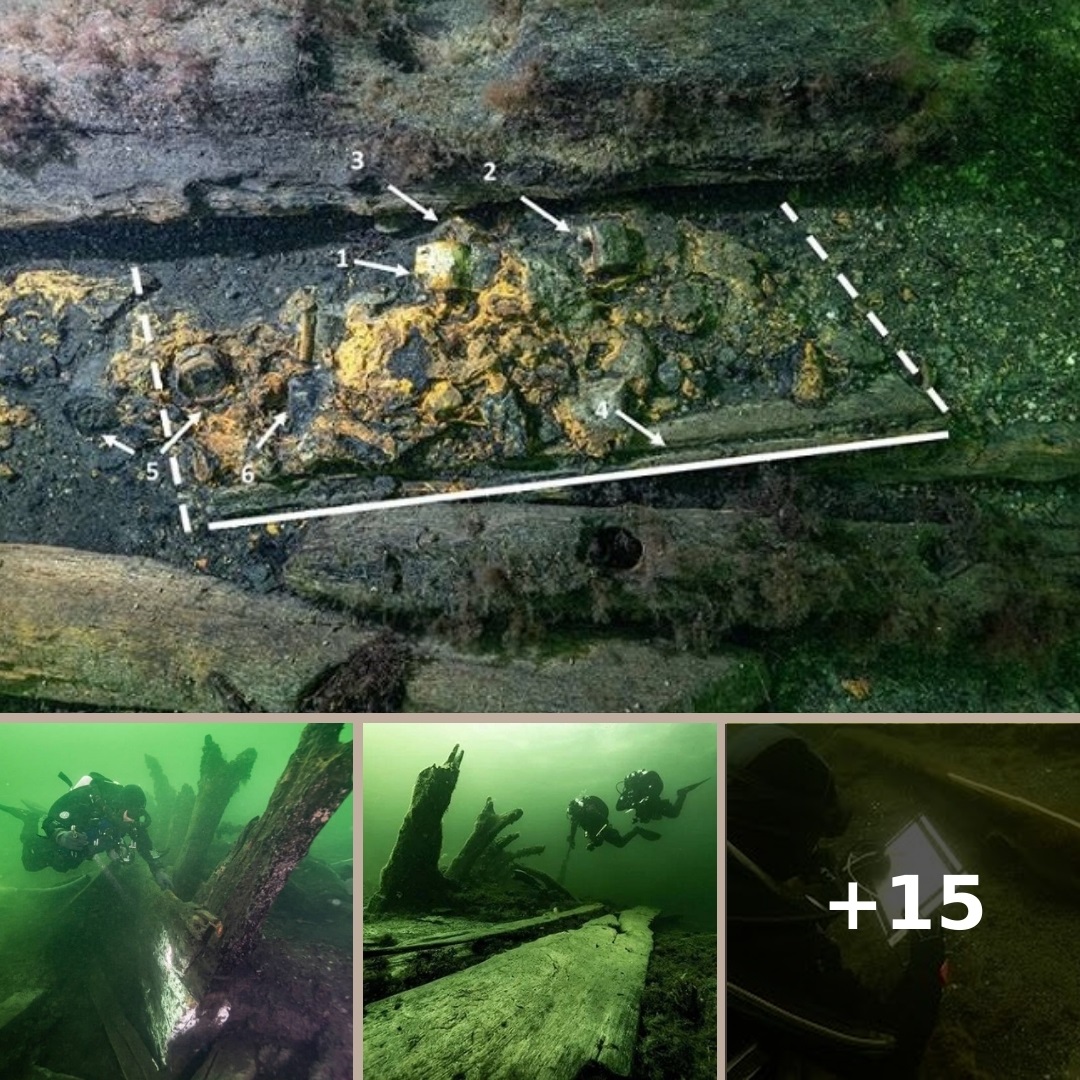A recent examination of the wreckage of the Danish-Norwegian flagship Griffin revealed new information about this top-of-the-line medieval warship and the armaments of its soldiers on board.
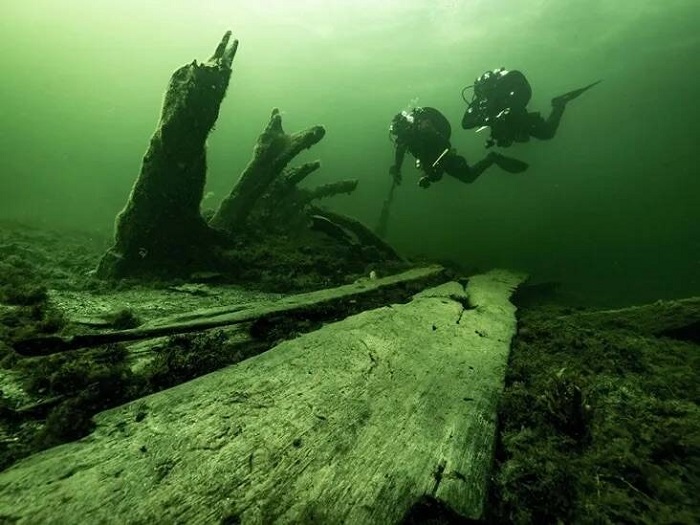
In the spring of 2023, maritime archaeologists from Stockholm University and Södertörn University explored the wreckage of a 500-year-old ship off the Swedish coast.
Known as the Griffin, the ship had belonged to the Danish-Norwegian King Hans. Then, in 1495, the doomed flagship caught fire and sank on its way to Kalmar, taking some 100 German mercenaries with it.
Researchers from Södertörn University have been examining the wreckage since 2013, but each expedition yields more information about the ship and the period in which it sank.

Recently, Stockholm University doctoral candidate Rolf Warming and Johan Rönnby, a professor of maritime archaeology at Södertörn University, published their findings from the recent 2023 expedition, revealing new details about the ship’s construction and the soldiers’ armaments.
New Discoveries From The Wreckage Of The Griffin
While much of the Griffin has worn away over the years, the new study revealed that a significant portion of the ship’s superstructure has in fact been preserved, albeit scattered across the seabed. By examining these scattered timbers, researchers gathered new data that can be used to reconstruct the ship.
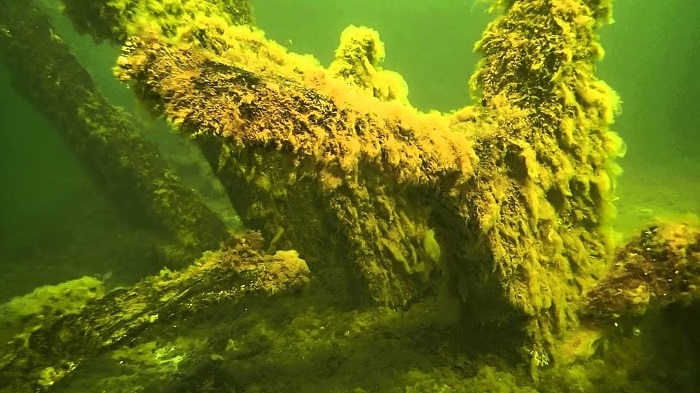
Moreover, the researchers discovered that these timbers came largely from the ship’s fore and aft castles, or elevated combat platforms, offering new insight into the vessel’s military capabilities.
Perhaps the most exciting new discovery, however, was that of a chest filled with “unique” ammunition-making tools.
“The contents of the weapon chest are undeniably one of the most important finds. The chest has been known since the fieldwork in 2019 but now we have documented the contents carefully with 3D,” Warming said in a press statement from Stockholm University. “It contains, among other things, several different molds and lead plates for the manufacture of lead bullets for early handguns. It’s an ammunition tool chest — probably belonging to the German mercenaries who were on board at the time of the sinking.”
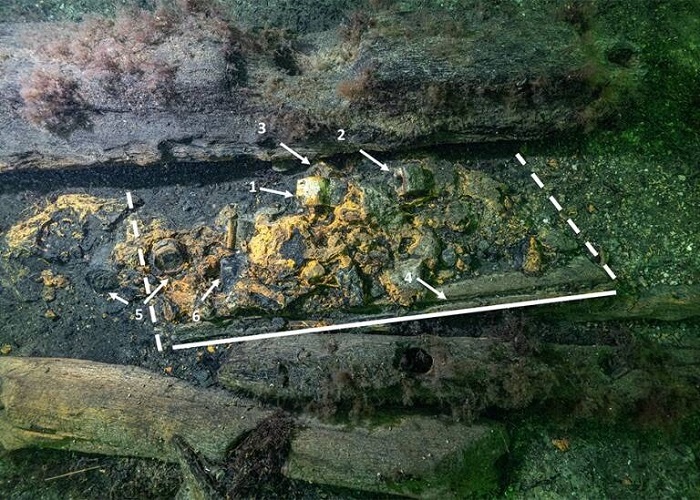
The researchers also identified two cannon carriages at the wreck and analyzed a collection of mail armor fragments recovered from the site during previous expeditions. Together with Stockholm University professor Kerstin Lidén, they found that the mail contained a variety of wires woven together using several different techniques — indicating that it had been repaired multiple times.
Based on the size of the rings, the researchers believe they had come from a mail skirt made up of as many as 150,000 rings.
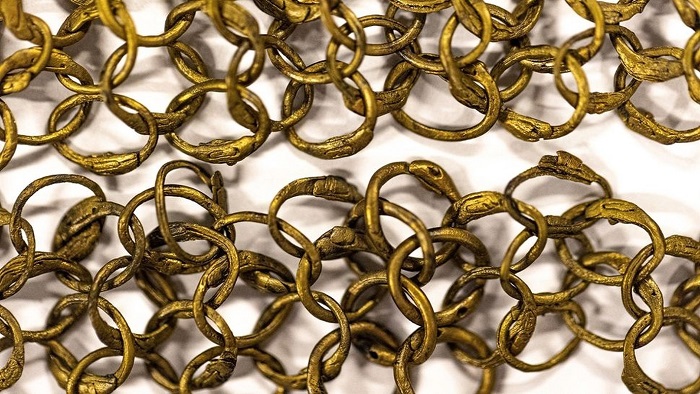
This expedition was completed as a part of Warming’s doctoral thesis. He is working to determine the ship’s military capability, as well as what role the soldiers on board might have played. Meanwhile, additional efforts are being made to reconstruct the ship’s superstructure.
“The ship is an important piece of the puzzle in the ‘military revolution at sea’ in the Early Modern Period, in which the primary tactics shifted from hand-to-hand combat to heavy naval artillery fire,” Warming said. “The ship will therefore also be compared with other important and uniquely preserved wrecks — such as Mars (1564) and Vasa (1628) — in order to understand this development.”
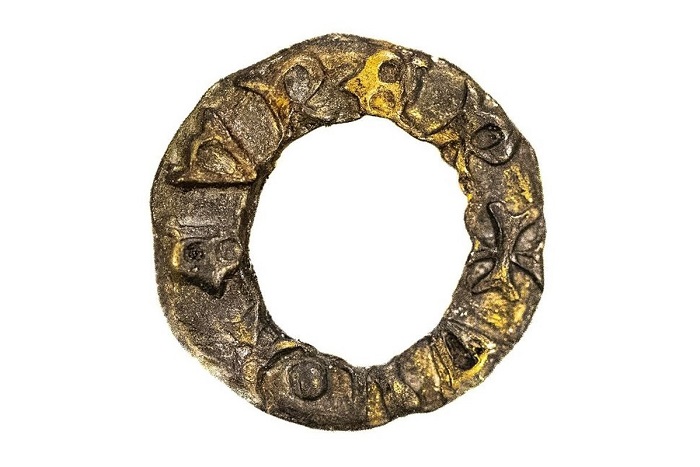
The Final Voyage Of The Doomed Griffin
The Griffin, also known as the Gribshunden (Griffin-Hound), was the flagship of Hans, King of Denmark and Norway.
King Hans employed the ship for about a decade, but in the summer of 1495, disaster struck. Hans had set sail for Kalmar, Sweden to meet with the Swedish Council. He was accompanied by a fleet carrying various noblemen, courtiers, and soldiers.

The purpose of the meeting was to discuss the re-unification of Sweden, Denmark, and Norway — and the fleet was meant to effectively show off the prosperous rule of King Hans, and hopefully convince the Swedes to accept him as their king.
However, at some point during the journey, near Ronneby, an explosion occurred on the Griffin, causing it to sink into the harbor. King Hans was ashore at the time, but around 100 people died on the Griffin as a result of the explosion and subsequent fire.
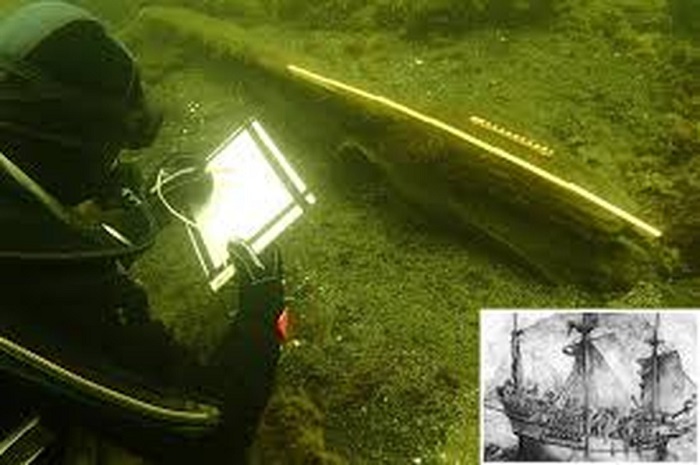
For the past decade, researchers have worked to faithfully reconstruct the Griffin based on their findings and analysis, painting an ever-clearer picture of this top-of-the-line medieval warship.
After reading about the wreckage of the Griffin, read about the harrowing true story of the HMS Wager. Then, dive into the story of the SS Dumaru and how its survivors were forced to resort to cannibalism.
